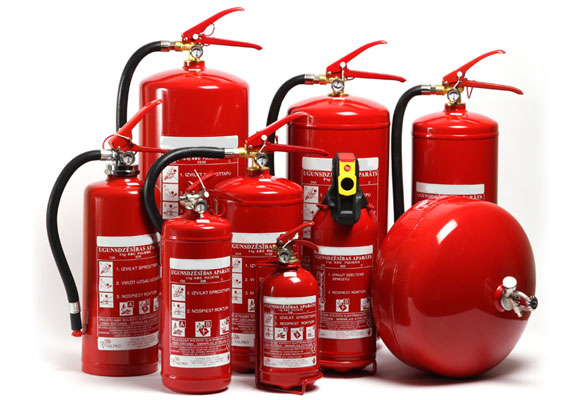The possible origins of a fire and the potential sources of ignition must be identified. Combustible products are a risk. It is, therefore, necessary to establish their list, to study their nature, to know their physicochemical characteristics, to identify their conditions of storage or use.
 To avoid the risk of fire, it is necessary to act on fuels, oxidizers or sources of ignition. But it is not possible to remove fuels or oxidants in the workplace; action will focus on potential sources of ignition.
To avoid the risk of fire, it is necessary to act on fuels, oxidizers or sources of ignition. But it is not possible to remove fuels or oxidants in the workplace; action will focus on potential sources of ignition.
Like any occupational risk, the fire risk is evaluated and transcribed in the single document that then allows the employer to develop an action plan defining prevention and evacuation measures:
Prevention must be organized upstream and thought from the planning stage. A fire manager must be designated. He will have to work with the maintenance manager and the occupational medicine, the departmental fire, and rescue services as well as the representative bodies of the personnel
It is also necessary to have a good knowledge of all fire risk regulations as well as the rules of insurance companies.
Location and design of premises
- The most effective preventive measures are those that take place upstream, from the design and construction of the premises. They ensure good evacuation conditions, better take into account the isolation, separation and safety distances to prevent the spread of fire, as well as the choice of materials to ensure the stability of the structure and reduce the emission of gases and fumes in the event of a disaster.
- The fire safety system (SSI): it is expected from the design of a room or a building. It consists of the Fire Detection System (SDI) and the Fire Safety System (WSIS).
- Fire safety systems (SSI) are classified into five categories in order of decreasing severity, called A, B, C, D, and E.
- The provisions specific to each type of establishment specify, where appropriate, the category of the required security system.
- Alarm systems must comply with the provisions of the standards in force, in particular, the standard NF S 61-936 relating to alarm equipment. This standard classifies alarm equipment into four types in order of decreasing safety, called 1, 2a or 2b, 3 and 4.
Prevention of fire risk in industrial premises and businesses
The prevention of fire risk and the evacuation of personnel when necessary are the subject of precise and organized procedures in the company. Evacuation drills are prepared and safety instructions are posted in the company. Every employee must read it to know how to act in case of fire. Number of fire protection equipment rockland county ny is available.

